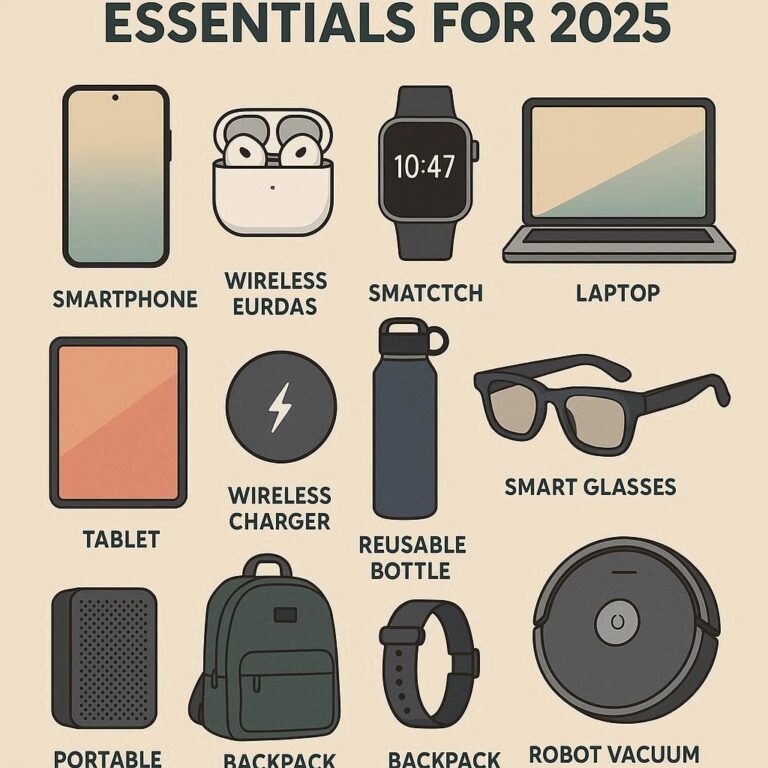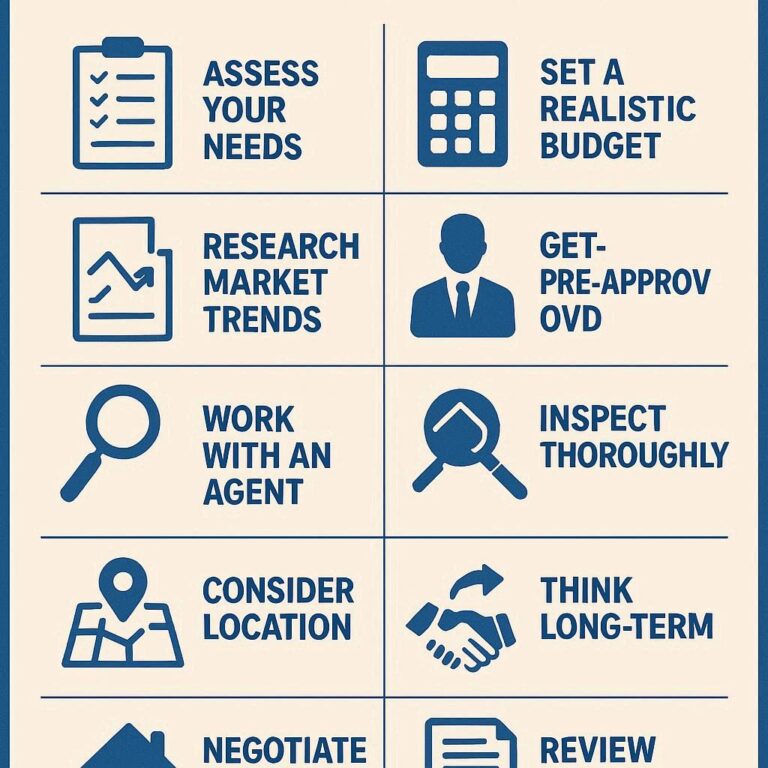
Tech giants envision future beyond smartphones as a transformative era where handheld devices fade into the background, replaced by seamless, immersive technologies. In this article, we’ll dive deep into the visions shared by leaders at companies like Meta, Apple, Google, and Tesla. From augmented reality overlays to brain-computer interfaces, these innovations promise to redefine how we interact with the world. We’ll explore the key technologies driving this shift, their potential impacts on daily life, and how they intersect with emerging career opportunities in various tech sectors. Tech giants envision future beyond smartphones you’re curious about the next big gadget or eyeing job prospects in fields influenced by these changes, this guide offers practical insights, examples, and data to keep you informed.
The Current Smartphone Landscape and Why Change is Coming
Smartphones have dominated personal tech for over a decade, but saturation and evolving user needs are pushing boundaries. With global shipments plateauing, tech giants envision future beyond smartphones to sustain growth and innovation. According to industry forecasts, the smartphone market could see a decline as alternatives emerge, prompting investments exceeding $150 billion by 2032 in next-gen devices.
Consider the evolution: Early smartphones revolutionized communication, but now they’re criticized for screen addiction and privacy concerns. Leaders like Mark Zuckerberg argue for a shift to “ambient computing,” where tech integrates naturally into our environment without constant handling. This vision aligns with broader trends in AI and connectivity, setting the stage for a post-smartphone world.
How Tech Giants Envision Future Beyond Smartphones: Key Innovations
Tech giants envision future beyond smartphones through a blend of hardware and software breakthroughs. Here’s a breakdown of 10 bold innovations shaping this horizon:
- Augmented Reality (AR) Glasses: Meta’s Orion prototype demonstrates lightweight glasses overlaying digital info on the real world, potentially replacing phone screens for navigation and social interactions.
- AI Companions: Google’s Project Astra envisions AI agents that anticipate needs, handling tasks via voice or gestures without a device.
- Brain-Computer Interfaces (BCI): Neuralink, backed by Elon Musk, aims for direct brain-to-tech communication, bypassing physical inputs altogether.
- Wearable Ecosystems: Apple’s rumored smart ring could monitor health seamlessly, integrating with broader IoT networks.
- Holographic Displays: Microsoft HoloLens advances suggest holographic projections for collaborative work, reducing reliance on flat screens.
- Ambient AI Environments: Amazon’s Echo evolution points to smart homes where AI responds contextually, making smartphones redundant.
- Rollable and Flexible Screens: Samsung explores rollable displays that expand on demand, bridging current phones to future forms.
- Neural Wearables: Startups like Humane AI Pin offer badge-like devices for AI-driven interactions.
- Quantum Computing Integration: IBM’s efforts could enable ultra-fast processing in compact forms, powering future tech.
- Sustainable Bio-Tech Hybrids: Emerging concepts blend organic materials with electronics for eco-friendly alternatives.
These innovations aren’t just hypothetical; prototypes showcased at events like MWC 2025 highlight rapid progress. For instance, Zuckerberg predicts smart glasses dominating by 2030, transforming industries from entertainment to healthcare.
Challenges in Realizing This Vision
While exciting, this future faces hurdles. Privacy concerns with always-on AR could lead to regulatory scrutiny. Battery life and affordability remain barriers, with early devices like Meta’s glasses priced at premium levels. Moreover, ethical issues around BCI, such as data security, echo warnings from past tech missteps.
Impact on Healthcare: Tech Giants Envision Future Beyond Smartphones in Medicine
Tech giants envision future beyond smartphones extending into healthcare, where AI and AR could revolutionize diagnostics and procedures. Imagine AR glasses guiding surgeons or AI predicting patient needs in real-time. This shift creates demand for specialized roles, blending traditional healthcare with cutting-edge tech.
For example, MRI tech professionals will benefit from AI-enhanced imaging, improving accuracy and efficiency. The career outlook for MRI tech is strong, with a projected 5% growth through 2034 and median salaries around $83,740 annually. Similarly, anesthesia tech roles involve maintaining advanced equipment, with average pay at $29.74 per hour.
Here’s a table comparing salaries in healthcare tech jobs influenced by these innovations:
| Job Role | Median Annual Salary | Projected Growth (2024-2034) | Key Skills Needed |
|---|---|---|---|
| Pharmacy Tech | $43,460 | 6% | Prescription handling, AI inventory tools |
| MRI Tech | $83,740 | 5% | Imaging operation, AR integration |
| Anesthesia Tech | $61,800 | 5% | Equipment sterilization, real-time monitoring |
| Surgical Tech | $77,660 | 5% | OR preparation, robotic assistance |
Data sourced from BLS projections. These roles highlight how tech giants’ visions amplify job security in healthcare.
Navigating Regulatory Warnings: Lessons from KVK-Tech Warning Letter
As tech intersects with pharma and health, compliance is crucial. The kvk-tech warning letter from the FDA in 2020 and follow-ups in 2025 underscore risks in manufacturing tech-infused drugs, like data integrity failures. Tech giants must heed these to avoid similar pitfalls in AI-driven health tools.
Education Pathways: Preparing for a Post-Smartphone World
To thrive as tech giants envision future beyond smartphones, education in tech fields is essential. Community colleges offer accessible programs, such as mri tech school options at institutions like Dallas College, which provide hands-on MRI training in three semesters.
Pulaski tech, part of the University of Arkansas system, tech giants envision future beyond smartphones focuses on workforce training with over 80 programs, including allied health and IT, enrolling around 4,000 students annually. For online access, ivy tech login via MyIvy portal simplifies enrollment and course management.
Step-by-step guide to starting an MRI tech program:
- Research accredited schools like Lone Star College for MRI certificates.
- Complete prerequisites, often including an associate degree in radiologic tech.
- Apply and secure ARRT certification for eligibility.
- Engage in clinical rotations to gain practical experience.
- Stay updated via platforms like latest jobs news by newsarena.tech for career tips.
These pathways ensure readiness for jobs like surgical tech jobs, expected to grow 5% with 15,400 annual openings.
Salary Insights: Pharmacy Tech Salary and Beyond
Pharmacy tech salary averages $43,460, varying by state—higher in California at $23.95/hour. As AI automates dispensing, roles evolve toward patient interaction, boosting demand.
Broader Societal Implications
Tech giants envision future beyond smartphones impacting society profoundly. In education, AR could personalize learning; in work, remote collaboration via holograms might reduce commutes. However, job displacement in manufacturing calls for upskilling.
Environmental benefits tech giants envision future beyond smartphones include sustainable designs, like bio-degradable wearables. Yet, digital divides could widen without inclusive access.
Case Studies: Real-World Applications
At MWC 2025, prototypes like AI-powered laptops foreshadow ambient tech. In healthcare, AR-assisted surgeries reduce errors by 20%, per studies, elevating roles like surgical tech jobs.
FAQs
What do tech giants envision for the future beyond smartphones?
Tech giants envision future beyond smartphones involving AR glasses and AI companions that integrate seamlessly into daily life, as predicted by leaders like Zuckerberg.
How will this affect pharmacy tech salary trends?
With AI in healthcare, pharmacy tech salary could rise due to specialized roles, currently averaging $43,460 with 6% growth projected.
What is the kvk-tech warning letter about?
The kvk-tech warning letter from the FDA highlights cGMP violations, serving as a caution for tech firms entering pharma spaces.
Where can I find mri tech school programs?
MRI tech school programs are available at places like tech giants envision future beyond smartphones Dallas College or Lone Star College, offering certificates with clinical training.
How do I access ivy tech login for courses?
Visit myivy.ivytech.edu for ivy tech login, where you can manage classes, grades, and more after activation.
What does an anesthesia tech do?
An anesthesia tech prepares equipment and ensures sterility, earning around $29.74 hourly in supportive healthcare roles.
What’s the outlook for mri tech careers?
MRI tech careers show 5% growth, with median pay at $83,740, driven by advanced imaging needs.
Conclusion
In summary, tech giants envision future beyond smartphones as an era of immersive, intuitive tech that enhances rather than interrupts life. From AR innovations to AI-driven healthcare, these changes promise exciting opportunities while posing challenges like regulation and upskilling. Careers in fields like MRI tech and surgical tech jobs are poised for growth, with competitive salaries and evolving roles. Stay informed through resources like latest jobs news by newsarena.tech, and consider pursuing education at pulaski tech or via ivy tech login. Ready to future-proof your career? Explore training programs today and embrace the post-smartphone world.


